Until Russia’s annexation of Crimea in 2014, such questions had not been asked since the Cold War. Now, with Russia’s senseless war in Ukraine, they are being asked with even greater urgency.
And unlike during the Cold War, NATO and EU borders have moved eastwards, thanks to an enlargement that transformed former communist countries into thriving EU market democracies. That means making Europe’s transport and border infrastructure ready for defence use across a far greater distance. A single armoured brigade can include several thousand soldiers, tens of tanks and hundreds of infantry vehicles and trucks, as well as weapons and equipment.
SO, WHAT IS BEING DONE?
For the 26 EU Member States of the European Defence Agency (EDA), work began in 2017. The first Military Mobility Action Plan was presented by the European Commission and the EU High Representative in March 2018, followed by EDA’s first Military Mobility Symposium in June of that year.
For the first time, the Commission dedicated funding to support defence needs within the EU. Some €1.6 billion was then set aside from the EU budget for 2021-2027, as well as a broader budget of €33.7 billion from the Connecting Europe Facility to support key dual-use infrastructure projects.
EDA member the Netherlands has also taken on the lead role in developing military mobility as a project in the Permanent Structured Cooperation (PESCO).
The United States, Canada, and Norway have joined the PESCO project on military mobility, which is the political-strategic platform for EU Member States and partners to discuss and exchange experiences and views on the issue. Britain has been invited to join.
Moreover, the PESCO LogHubs project was launched to develop logistical hubs in EU.
A third EDA-run Military Mobility Symposium is expected later this year, following a second one in 2021.
NATO is also committed. On 10 January, NATO and the EU signed the third Joint Declaration on EU-NATO Cooperation, which highlighted military mobility. At the end of last year, the European Commission, along with EDA, presented the second Military Mobility Action Plan, responding both to Russia’s invasion of Ukraine and the EU’s new Strategic Compass on Security and Defence.
WHAT HAS EDA ACCOMPLISHED SINCE THE FIRST MILITARY MOBILITY ACTION PLAN?
- Two technical arrangements were signed in 2021 by more than 20 EU Member States addressing regulatory issues for cross-border movement permissions.
- Recommendations for the transport of dangerous goods in the military domain have been established for the Member States who signed the technical arrangements.
- A special “EU 302” form was established, while formalities for cross-border military movements involving customs have been streamlined and simplified.
WHAT’S NEXT?
EDA, the Commission and Member States are working on the next chapter up until 2026, building on what was set out in 2018.
The second Military Mobility Action Plan, seeks to broaden the focus to include:
- More digitalisation of administrative processes related to military movement
- More cross-border movement coordination in the air and on the sea, as well as land
- More fuel efficiency for military convoys
- More use of EU space assets to improve military mobility, for instance during extreme weather
- More exercises to rehearse military reinforcement routes
But there is work to do. For instance, central and eastern Member States still have far fewer kilometres of highways than Germany or France. The Baltic Member States are connected by just one major highway to the rest of the EU, via Poland into Lithuania, and a new high-speed, EU-backed rail route, RailBaltica, will not be completed until 2030 at the earliest.
For EDA, what is ahead includes ways to:
- Digitalise procedures for information exchange.
- Develop maritime cross-border permissions.
- Further harmonise rules, regulations and procedures for military movement for transport.
- Improve of lift capabilities for all modes of transport.









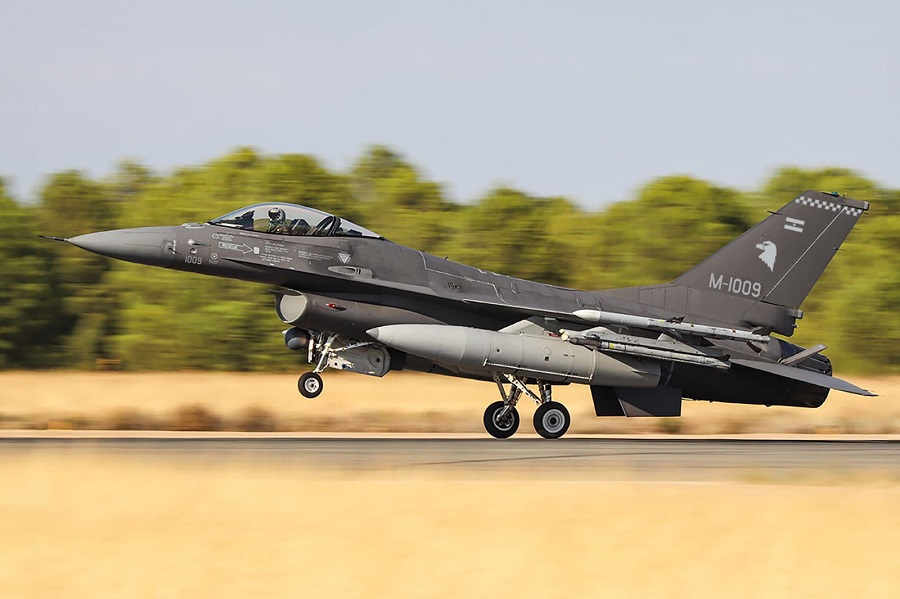
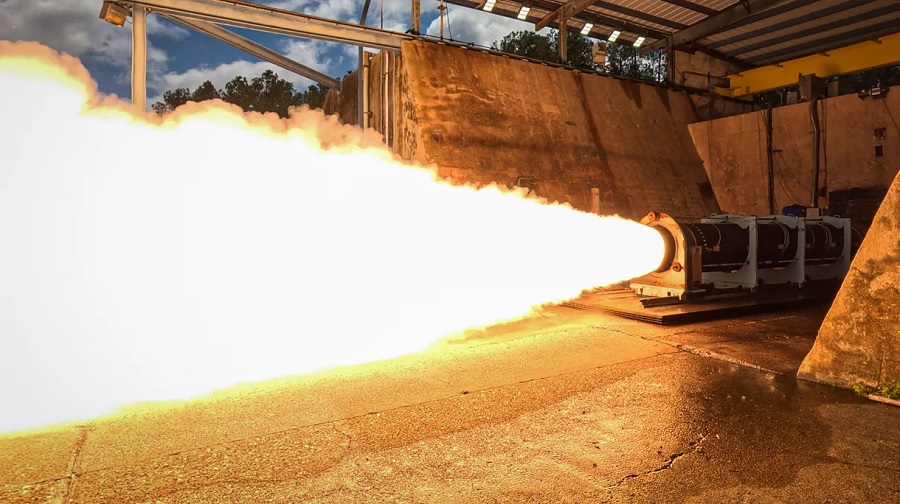
![Adapting EU defence system: the French nuclear option [LONG READ]](https://defence-industry.eu/wp-content/uploads/2023/01/National-Strategic-Review_Macrons-next-grand-defence-strategy-for-2030.jpg)
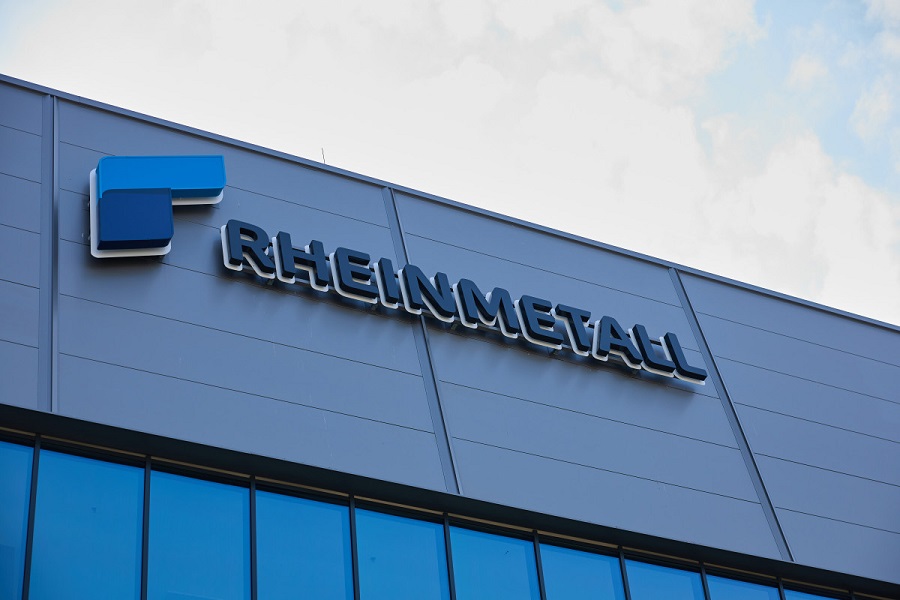
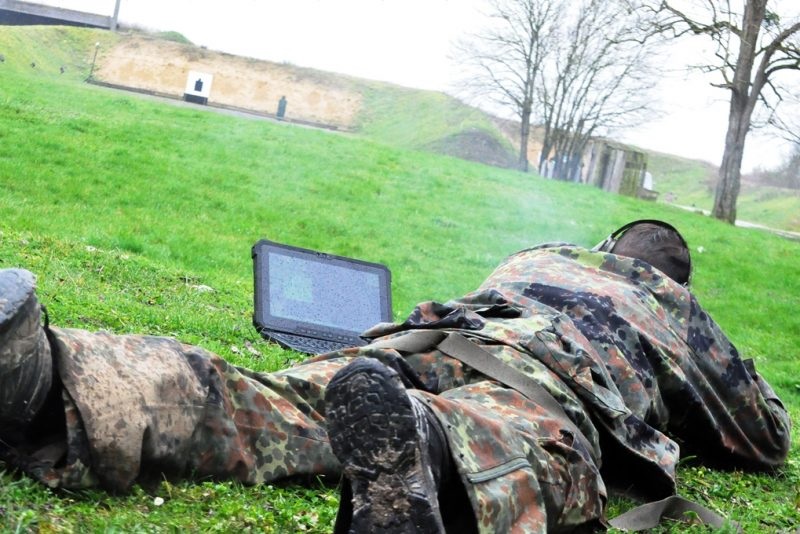
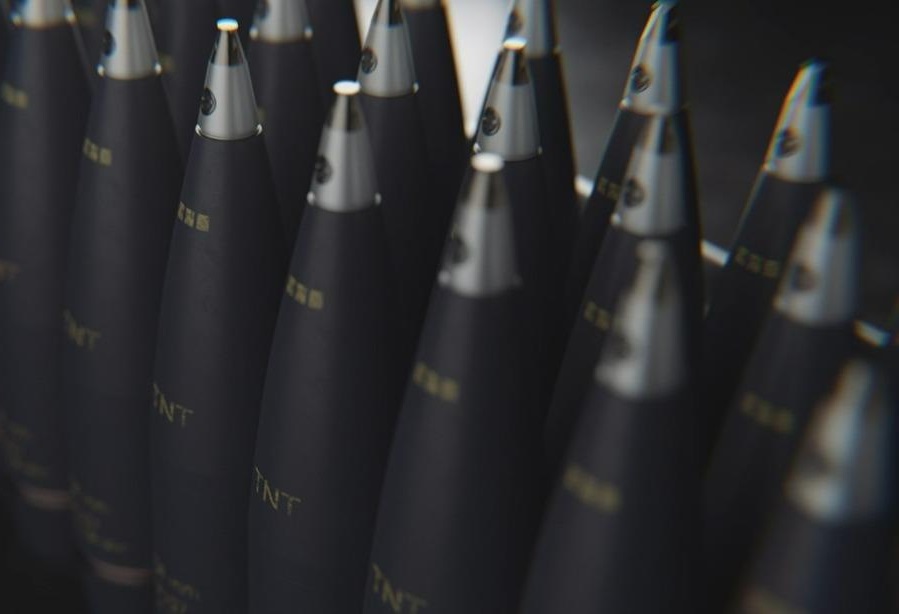
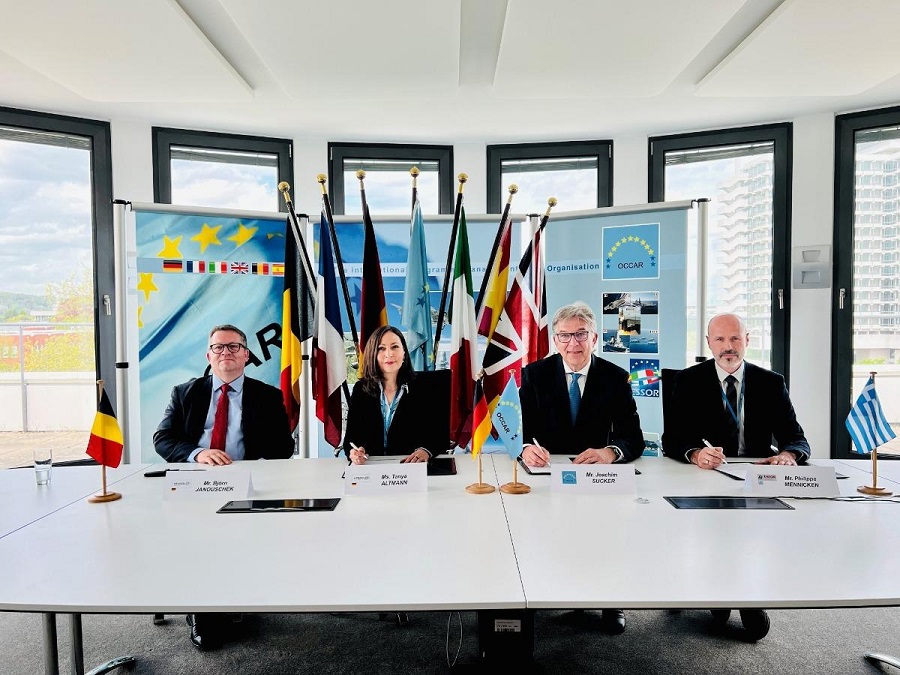
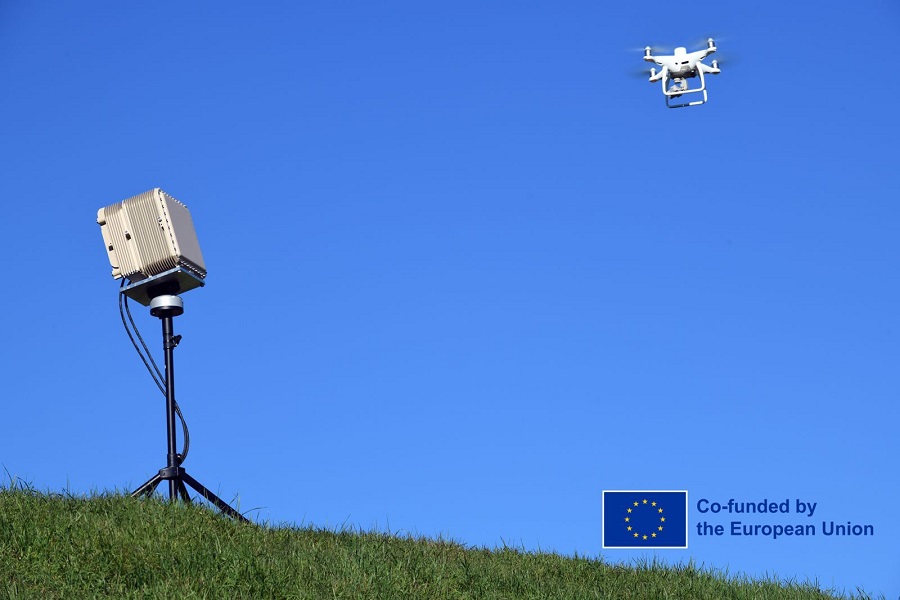
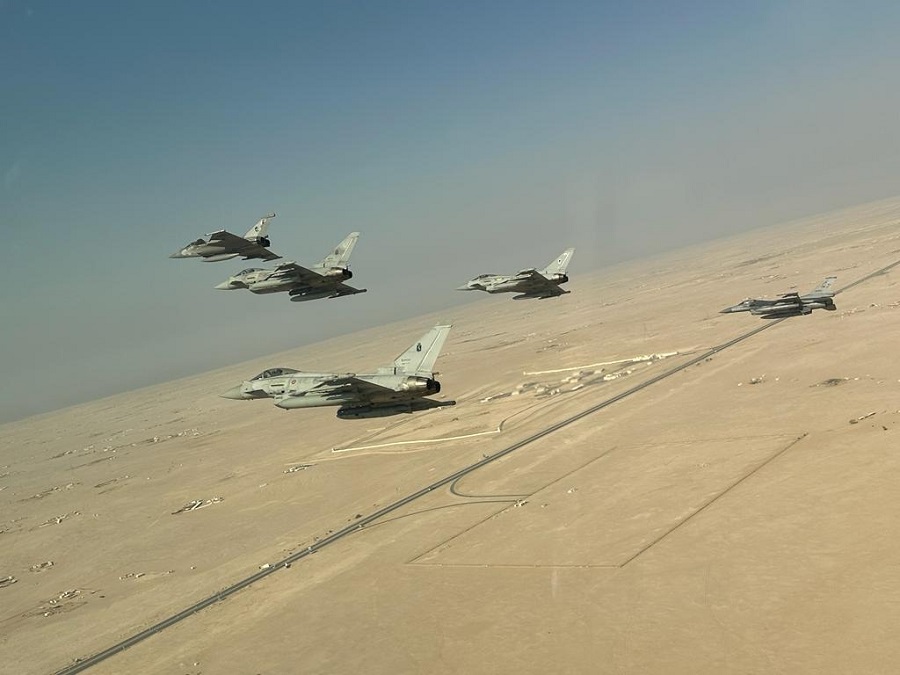

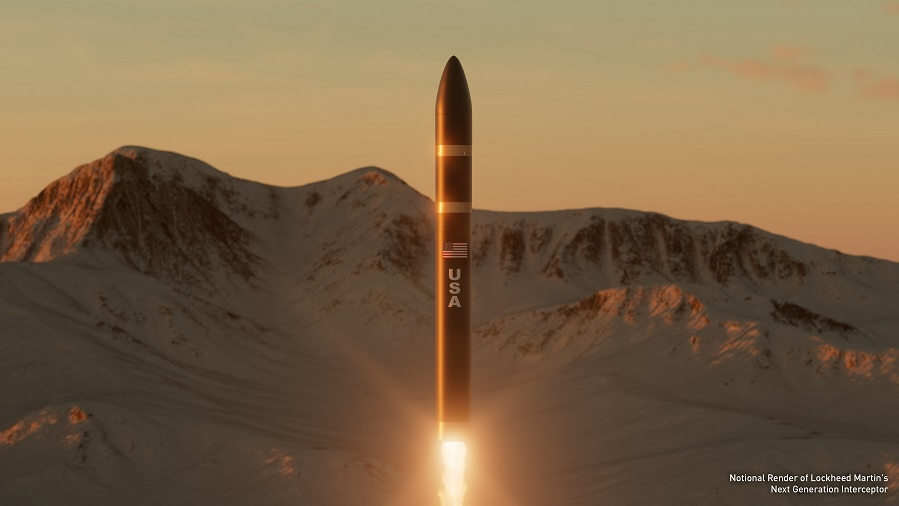
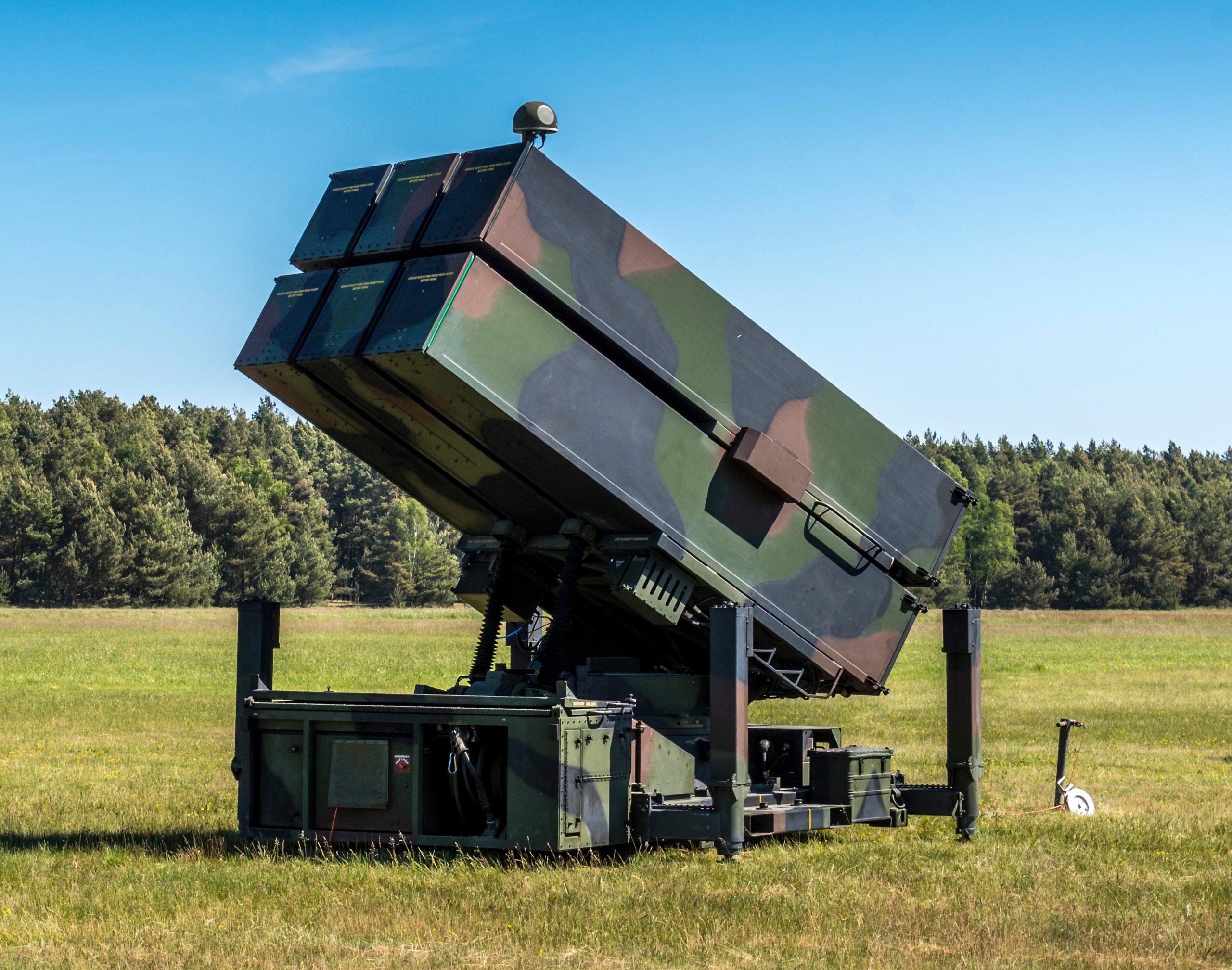
![Russian forces target Ukrainian IRIS-T SLM air defence system [VIDEO]](https://defence-industry.eu/wp-content/uploads/2023/10/Zelensky-thanks-Scholz-for-air-defence-systems.jpg)


